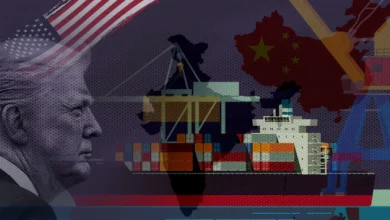According to reports, Jio, Airtel, and Vodafone Idea are planning to raise prices again, in 2022
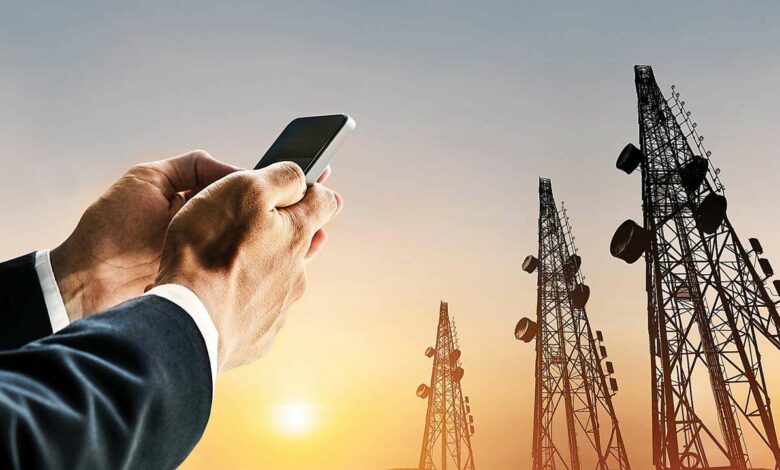
According to reports, Jio, Airtel, and Vodafone Idea are planning to raise prices again
Reliance Jio, Airtel, and Vodafone Idea, all Indian telecom companies, are apparently set to raise prices once more. The carriers previously raised prices by much to 25% in November 2021.
According to an Economic Times story, telcos expect to raise prices by 10 to 12 per cent, resulting in a 10% increase in average revenue per user (ARPU).
Analyst Mayuresh Joshi, head of stock research at William O’ Neil & Co, is quoted in the report as saying that the telecoms will raise their prices by Diwali this year.
Despite the price hikes, telecoms are predicted to add 40 million new customers by the end of FY 2023. Despite rising prices by about 25% n November 2021, the telcos had no trouble preparing the path for another raise.
According to the researchers, rural markets, whose teledensity is now about 60%, will drive new subscriptions. The Mukesh Ambani-led Jio and Sunil Mittal-led Airtel are likely to win the latest subscribers of some of the telecoms. At the same time, Vodafone Idea is expected to make moderate gains.
Airtel’s ARPU will rise to roughly INR 200 due to the higher charges. The ARPU of Jio and Vodafone’s Ideas is predicted to increase to INR 185 and 135, respectively.
Gopal Vittal, Airtel’s CEO, recently stated that the business would propose a rate increase in 2022 to raise its ARPU to INR 200.
The company wants to increase its ARPU to INR 300, which Vittal thinks will happen over time.
This suggests that the telco plans to announce multiple rate increases soon. This means that users may soon be forced to pay two times the price they were before November 2021.
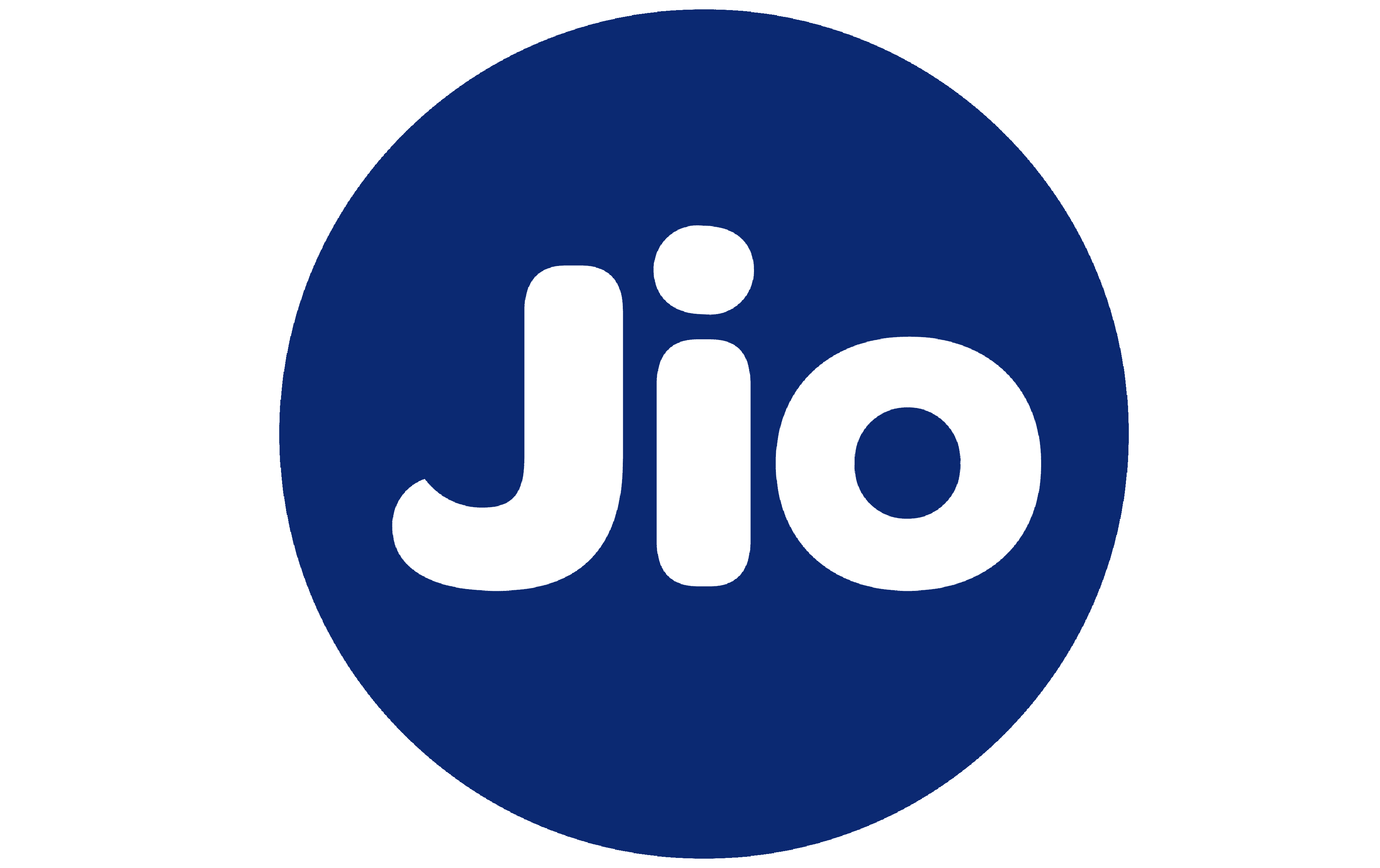
About Jio
Jio is an Indian telecommunications business headquartered in Navi Mumbai, Maharashtra. It is a Jio Platforms subsidiary. It owns and operates a national LTE network that services all 22 telecom circles.
Jio provides 4G and 4G+ services, but it hopes to expand to 5G and 6G.
On December 27, 2015, Jio soft was made available to partners and workers, and on September 5, 2016, it was made available to the public. It is India’s and the world’s third-largest mobile network operator, with 42.62 crore subscribers.
In September 2019, Jio unveiled a fibre to the home package, including home broadband, television, and phone services. By selling roughly a third of its stockholding in Jio Platforms as of September 2020,
Reliance Industries has raised Rs.1.65 lakh crore (US$22 billion).
History
Infotel Broadband Services Limited was founded in Ambawadi, Ahmedabad, Gujarat, on February 15, 2007. (IBSL). In June 2010,
Reliance Industries (RIL) paid Rs 4,800 crore for a 95 per cent stake in IBSL (equal to US$1.2 billion in 2020). Despite being unlisted, IBSL was the only company in the 4G auction that year to receive broadband spectrum in all 22 Indian circles.
Jio announced in 2015 that it would launch a nationwide service before the end of the year. However, the corporation announced four months later, in October, that the launch would be postponed until the first quarter of the 2016–2017 fiscal year.
Later, in July 2015, Prashant Bhushan of the Centre for Public Interest Litigation filed a PIL in the Supreme Court contesting the Government of India’s issuance of Jio as a pan-India licence. The company was allowed to include voice telephony with its 4G data service for an additional charge of only 165.8 crore (US$22 million), according to the PIL, which was arbitrary and disproportionate, resulting in a loss to the government of Rs 2,284.2 crore (US$300 million).
The Indian Department of Telecommunications (DoT) stressed that the rules for 3G and BWA spectrum did not preclude BWA winners from providing voice services. The PIL was dismissed as a result, and the charges were dropped.
The 4G services were launched internally on December 27, 2015. The company launched its 4G services on September 5, 2016, with free data and phone services until December 31, which was then extended till March 31, 2017. Jio claimed to have accumulated 1.6 crore (16 million) users in the first month and had crossed the 5 crore (50 million) subscriber barrier in 83 days
after its launch, eventually hitting the 100 million subscriber mark on February 22, 2017. By October 2017, it has over 13 crore (130 million) customers.
Network
Spectrum frequency holding summary
Jio has a spectrum in the 850 MHz and 1,800 MHz bands across India’s 22 circles and licenced 2,300 MHz bandwidth across the country. Until 2035, the spectrum is valid.
Partnerships
Reliance Communications and Jio share a spectrum. The acquisition covers the 800 MHz spectrum in seven circles and the ten that Jio already holds.
For $5 million, acquired an unknown interest in Airspan Networks. Throughout the network rollout phase, deploys Airspan’s tiny cells.
September 2016 — Jio and BSNL struck an intra-circle roaming agreement, allowing subscribers of both companies to access each other’s 4G and 2G spectrum in national roaming mode.
Jio established cooperation with Samsung in February 2017 to develop on LTE Advanced Pro and 5G.
Partnered with Ciena to install transport SDN architecture in February 2017. For the deployment of services, Reliance Jio cooperated with many OSS (Operations Support Systems) and BSS (Business Support System) businesses, including SAP, HP, IBM, Ericsson, Rancore, Estel Technologies, Subex, and Intec Telecom Systems.
Ericsson, HP, and Friendly Technologies were the finalised OSS businesses. Partners with Cisco Systems for 5G implementation in September 2020.
In September 2020, the company announces a collaboration with HFCL to construct fibre-optic connectivity to make the development of FTTx services.
Summit Digitel Infrastructure
Summit Digitel Infrastructure (formerly Reliance Jio Infratel Private Limited) manages 136,000 telecom installations. This division was sold to Tower Infrastructure Trust, which Brookfield Asset Management controls, for Rs 25,215 crore (US$3.3 billion).
Products and services
Mobile broadband
In 2016, the Jio started 4G broadband services across India. According to some accounts, it was supposed to be released in December 2015, but, the company was waiting for final government permits. Jio provides fourth-generation (4G) broadband and telephony services and ancillary services
like instant messaging and movie and music streaming.
JioFiber
Jio started testing a new triple-play fibre to the home service called Jio GigaFiber in August 2018, which includes broadband internet with speeds ranging from 100 to 1000 Mbit/s and television and landline telephone services.
In 2019, it was reported that the service would be launched as JioFiber on September 5, 2019, to commemorate the company’s third anniversary. JioFiber members will be able to stream movies that are still playing in theatres (“First Day First Show”).
In 2015, the firm had a fibre optic cable network of more than 250,000 kilometres in the country, which it will use to cooperate with local cable providers to provide broader access for its internet services.
JioBusiness
In March 2021, the company launched a connectivity solutions for businesses bundled with services provided by Jio Platforms, Reliance Retail and Office 365.
Jio Branded Devices
Jio and Intex, a domestic handset manufacturer, signed an agreement in June 2015 to sell 4G handsets capable of voice over LTE (VoLTE).
Jio, on the other hand, announced in October 2015 that it would create its own mobile handset brand, LYF.
The business introduced its LYF smartphone line, starting with Water 1, on January 25, 2016, through its Reliance Retail chain of electronic retail locations. So far, three further handset models have been released: Water 2, Earth 1, and Flame 1.
JioPhone is a brand of feature phones that Jio sells. The initial model, which went on sale in August 2017 (with public pre-orders starting on August 24), was marketed as a “cheap” LTE-compatible feature phone. It has a 2.4-inch touchscreen, a dual-core processor, 4 GB of internal storage, near-field communication capability, a suite of Jio-branded apps (including the voice assistant HelloJio), and a Jio-branded app store. It runs the KaiOS platform (derived from the defunct Firefox OS). It has a “TV cable” adapter for external display output.
In July 2018, the business announced the JioPhone 2, an improved edition with a QWERTY keyboard and horizontal display in a keyboard bar form factor. Facebook, WhatsApp, and YouTube apps will be accessible for the two phones, according to Jio.
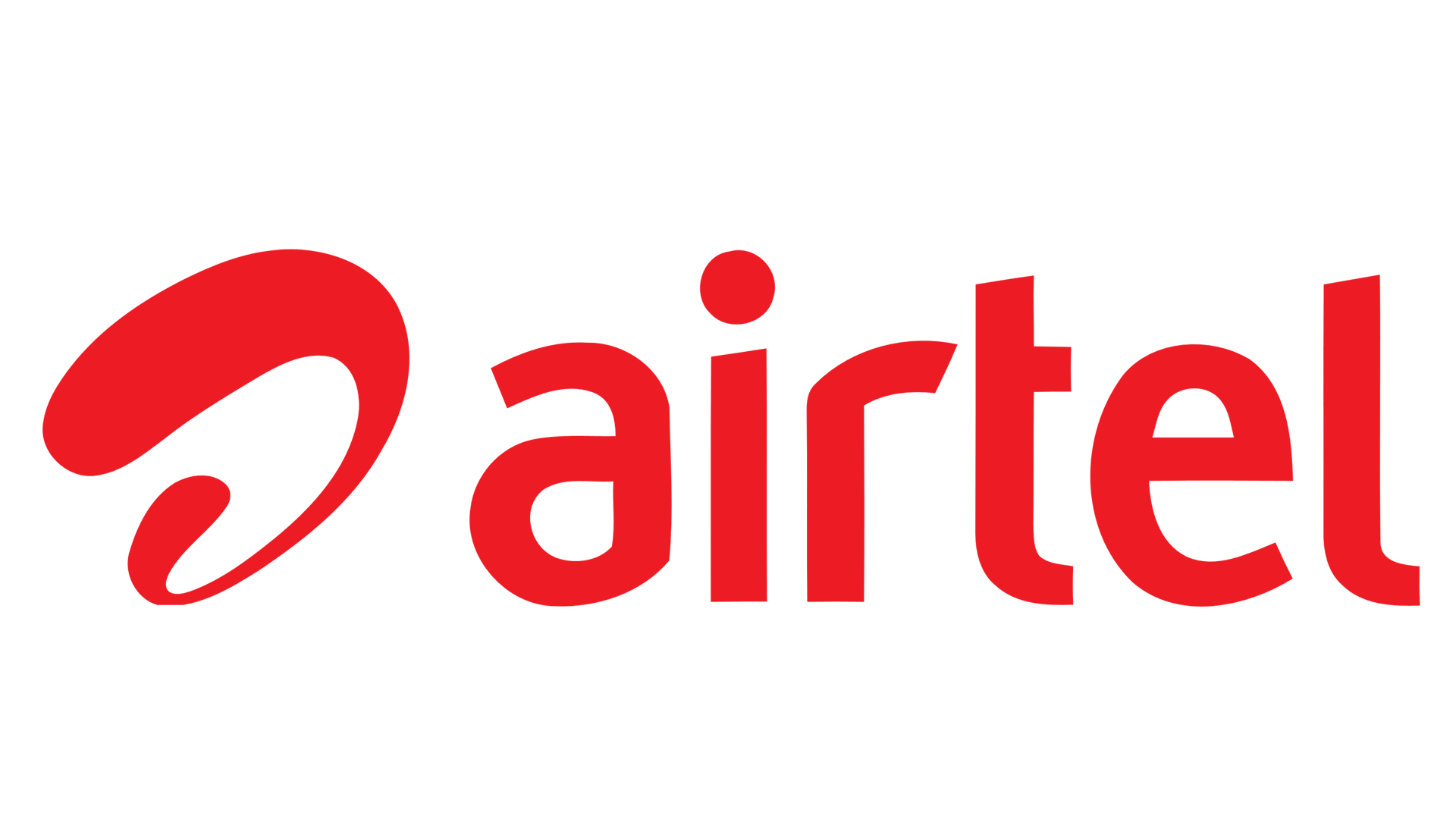
About Airtel
Airtel is a New Delhi-based Indian multinational telecommunications services corporation. It has offices in 18 countries in South Asia and Africa, and the Channel Islands. Depending on the country of operation, it provides 2G, 4G LTE, 4G+ mobile services, fixed-line broadband, and voice services.
Airtel’s VoLTE technology is now available in all Indian telecom circles. It is India’s second-largest and the world’s second-largest mobile network provider. In Millward Brown and WPP plc’s first-ever Brandz ranking, Airtel was ranked India’s second most valuable brand.
Airtel is credited with developing the minutes factory’s low-cost and large volume manufacturing model by outsourcing all of its business processes except marketing, sales, and finance. Several operators have since embraced the method. Ericsson, Huawei, and Nokia Networks provide and maintain Airtel’s equipment, while Amdocs provides IT support. Bharti
subsidiaries and ventures like Bharti Infratel and Indus Towers hold transmission towers in India. For the first time, Ericsson agreed to be paid by the minute rather than upfront for installation and maintenance of their equipment, allowing Airtel to provide inexpensive call rates of 1 (1.3 US) per minute.
History
Sunil Mittal began constructing push-button phones in India in 1984, which he had earlier imported from a Singaporean business, Singtel, to replace the country’s old-fashioned, unwieldy rotary phones. Bharti Telecom Limited was formed, and a technological partnership with Siemens AG of Germany was created to produce electronic push-button phones. Bharti began producing fax machines, cordless phones, and other telecom equipment in the early 1990s. His first push-button phone was called Mitbrau.
He won one of the four phone network licences that were auctioned in India in 1992. One of the Delhi cellular licence requirements was that the bidder had prior telecom operator experience. Mittal reached an agreement with Vivendi, a French telecom company, and he was one of the first Indian businessmen to recognise the mobile telecommunications industry as a critical growth sector.
When Bharti Cellular Limited (BCL) was founded to provide cellular services under the brand name Airtel, his plans were ultimately authorised by the government in 1994, and he debuted services in Delhi in 1995.
It became the first telecom provider to reach 2 million mobile subscribers in just a few years.
Bharti Enterprises bought JT Holdings in 1999 and expanded its cellular operations to Karnataka and Andhra Pradesh. It bought Chennai-based Skycell Communications in 2000. The business bought Spice Cell in Calcutta in 2001. Bharti Enterprises was listed on the BSE and the NSE of India when it went public in 2002.
In July 2004, Airtel became the first operator in India to launch “Hello Tunes,” a caller ring back tone service (CRBT). The A.R. Rahman-composed Airtel theme song was the year’s most popular music.
In May 2008, it was shown that Airtel was thinking of purchasing the MTN Group, a South African telecommunications provider with coverage in 21 African and Middle Eastern nations. Bharti is mulling a US$45 billion offer for a 100 % stake in MTN, which would be the largest overseas acquisition by an Indian company. Both sides stress the exploratory nature of the talks, with The Economist observing, “If anything, Bharti would be marrying up,” as MTN has more users and more revenue. MTN Group tried to reverse the agreements by making Bharti nearly a new business subsidiary, but the talks fell apart.
In May 2009, Bharti Airtel said it had resumed talks with MTN, and the two companies agreed to explore the potential merger confidentially until July 31, 2009. The talks eventually came to a standstill due to concerns from the South African government.
Bharti negotiated for its strategic partner Alcatel-Lucent to oversee the fixed-line network infrastructure in 2009. Bharti Airtel then granted Alcatel-Lucent a three-year contract to set up an Internet Protocol access network across the country. This would allow people to browse the internet at higher speeds and better quality on their mobile phones.
Airtel established its first international mobile network in Sri Lanka in 2009. Bharti bought Zain Telecom’s African operations for $10.7 billion in June 2010, making it the largest telecom acquisition by an Indian company. Bharti partnered with Wal-Mart, the world’s largest retailer, in 2012 to open several retail locations across India. Bharti wanted to buy Loop Mobile for $7 billion (US$92 million) in 2014. However, the deal fell through.
In the first step of a global rebranding strategy, Airtel relaunched itself in India on November 18, 2010. The corporation debuted a new logo that features the word “airtel” written in lower case. The new logo, designed by London-based brand firm The Brand Union, is a lowercase letter ‘a’ with the word ‘airtel’ written beneath it in lowercase.
Airtel’s Africa operations were renamed ‘airtel’ on November 23, 2010. Sri Lanka followed on November 28, 2010, while Warid Telecom in Bangladesh rebranded to ‘airtel’ on December 20, 2010.
Wireless Business Services Private Limited
Airtel announced an agreement to buy a 49 per cent stake in Wireless Business Services Private Limited (WBSPL) for $9.07 billion (US$120 million) on May 24, 2012. WBSPL was a Qualcomm-led venture that possessed the BWA spectrum in the Delhi, Haryana, Kerala, and Mumbai telecom circles.
Qualcomm paid $1 billion for the BWA spectrum in those four rings. Airtel now has 4G coverage in 18 circles due to the agreement.
On July 4, 2013, Airtel stated that it had bought an extra 2% share capital (bringing its total stake in Qualcomm’s BWA businesses to 51%), effectively making their subsidiaries. On October 18, 2013, Airtel stated that it had purchased 100% of WBSPL’s shares for an unknown value, making it a wholly-owned subsidiary.
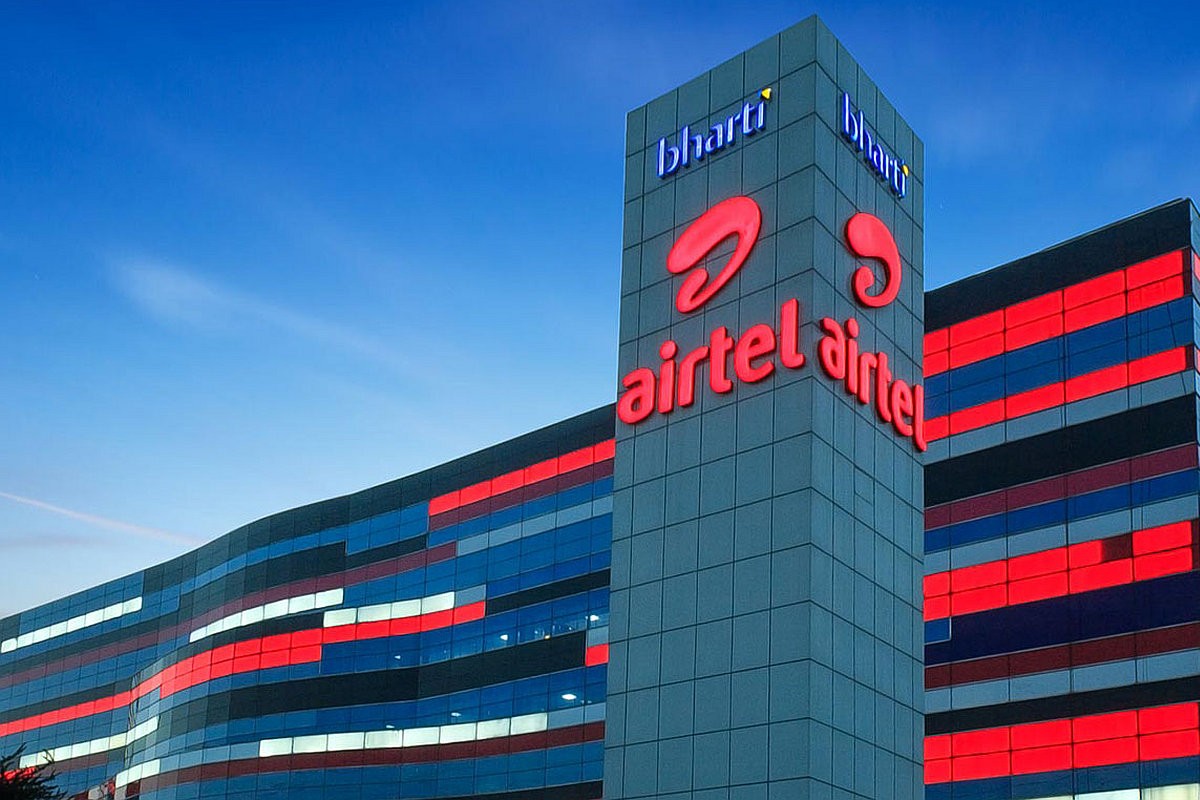
Airtel India
Bharti Telecom (BTL) is a Bharti Airtel holding company, with Bharti Enterprises and SingTel owning 50.56 per cent and 49.44 per cent of
BTL, respectively Bharti Airtel having 35.80 per cent. Airtel India is India’s second-largest mobile telephony operator behind Jio and the country’s second-largest fixed telephone provider.
It provides broadband and subscription television services. It is led by Sunil Bharti Mittal and delivers telecom services under the Airtel name.
Broadband
Airtel provides internet leased lines, multiprotocol label switching broadband internet connectivity, and IPTV and telephone services. Bharti supplied fixed-line telephony and broadband services under the Touchtel brand until September 18, 2004. Under the common name Airtel, Bharti now provides all telecom services, including fixed-line services, and provides Telemedia services in 99 places as of June 2019. Airtel had 2.342 million broadband subscribers as of June 30, 2019.
Broadband and IPTV services are provided by Airtel Broadband, and it gives both limited and unlimited download plans. Airtel’s unlimited plans, on the other hand, are subject to a free usage policy (FUP), which reduces speed once a client has over a particular data consumption limit.
Airtel gives only 64KByte/second beyond FUP in most plans, comparable to other rivals’ prices. The new V-Fibre programme’s greatest speed available to home users is up to 300 megabits per second, compared to 16 megabits per second with DSL.
According to The Economic Times, the Telemedia business was integrated with the Mobile and DTH businesses in June 2011.
Digital television
Under the brand name Airtel digital TV, the digital television business delivers India’s direct-to-Home (DTH) TV services. It began operations on October 9, 2008, and at the end of June 2019, it had over 16.027 million customers.
Banking
Airtel Bank was launched in January 2017.
Business
Cloud and managed services, digital signage, NLD/ILD connectivity, Wi-Fi dongles, voice solutions (like toll-free numbers, TracMate, and automated media reading), and conferencing solutions (VoIP, audio, and video) are some of the products by Airtel Business, which cater to industry verticals like BFSI, IT/ITeS, manufacturing, hospitality, and government.
Bharti Airtel’s B2B arm, Airtel Business, has launched a first-of-its-kind specialised digital platform to support emerging enterprises’ expanding connection, communication, and collaboration needs, including SMEs and startups. The digital platform will provide solutions to developing businesses to help them do business more efficiently and get to market faster.
Android-based tablet
Beetel Teletech Ltd., a subsidiary of Bharti Enterprises Ltd., introduced a $9,999 (US$130) 7-inch tablet based on Google Inc.’s Android operating system in India on August 18, 2011. The plan is to take advantage of the predicted demand for low-cost computing devices in the fastest-growing and second-largest mobile phone market.
International presence
Airtel is the world’s third-largest mobile operator by the base, with operations in 17 countries plus the Channel Islands.
Its operational areas include:
The Indian Subcontinent:
- Airtel India, in India
- Airtel Sri Lanka, in Sri Lanka
- Robi, in Bangladesh

About Vodafone
Vodafone India was a telecommunications service provider in India with its operating headquarters in Mumbai. It was a subsidiary of the UK-based Vodafone Group plc. Vodafone India had a market share of 21% in March 2018. After the merge with Idea, the Vodafone Idea network now has around 375 million customers, making it India’s third-largest mobile telecommunications network.
History
Hutchison Max Telecom Ltd. (HMTL) was founded on February 21, 1992, as a venture between Hutchison Whampoa and the Max Group. The Department of Telecommunications (DoT) granted Hutchison Max a licence to operate in the Mumbai (formerly Bombay) circle in November 1994. The “Max Touch” cellular service was established in the same year. In December 1999, Hutchison Max entered the Delhi telecom circle, followed by Kolkata in July 2000 and Gujarat in September 2000.
The Department of Transportation issued licences for these circles in 1994, 1997, and 1995, respectively.
Hutchison bought stakes in all 23 Indian mobile telecom circles between 1992 and 2006.
Hutch was known for its award-winning commercials, which all had a clean, minimalist aesthetic. The message “Hi” sticks out visibly despite using simply white characters on a red background, which is a recurring theme. In 2003, a pug named Cheeka followed a boy around in strange areas with the phrase “Wherever you go, our network follows.” Many people admired the modest yet effective advertising strategies.
Even after rebranding, Vodafone continued to use the pug in advertisements. Following it, the company introduced ZooZoos, which were even more popular than the Pug. O&M is Vodafone’s creative firm, and Harit Nagpal served as Marketing Director throughout the brand’s history.
Vodafone purchases Essar’s stake
In July 2011, Vodafone Group paid $5.46 billion for its partner Essar’s mobile phone business. As a result, Vodafone now owns 74% of Essar. On February 11, 2007, Vodafone agreed to pay US$11.1 billion for Li Ka Shing Holdings’ 67 per cent controlling interest in Hutch-Essar, beating out Reliance Communications, Hinduja Group, and Essar Group, which owns the remaining 33 per cent.
The corporation was valued at USD 18.8 billion as a whole. The acquisition was completed on May 8, 2007. Piramal Group, based in India, sold its 11 per cent stake in Vodafone India to Prime Metals, a Vodafone Group indirect subsidiary, in April 2014.
Merger with Idea Cellular
The entry of Jio in the telecom business in 2016 prompted several mergers and consolidations. It was announced in 2017 that Idea Cellular and Vodafone India would merge. The merger was approved by the Department of Telecommunications in July 2018. On August 30, 2018, the National Company Law Tribunal gave final clearance to the Vodafone-Idea merger.
The merger was completed on August 31, 2018, and the new company was named Vodafone Idea Limited. As a result of the merger, India now has the largest telecom business in terms of users and revenue. The Vodafone Group will own 45.2% of the combined firm, the Aditya Birla Group will own 26 per cent, and the public will hold the remaining shares.
Mobile network
Vodafone has been operating a 3G network on the 900 and 2100 MHz bands since 2011. Lucknow, Uttar Pradesh, was the first city to obtain 3G connectivity.
In November 2011, M-Pesa was launched in India, collaborating with HDFC Bank.
Vodafone released a new worldwide roaming bundle on June 28, 2012, which eliminates the need for users to pay many rents in the countries they visit.
Vodafone was awarded spectrum in nine circles for 3G coverage on May 19, 2015, after bidding approximately 11617.86 million (the second-highest amount in the auctions) for the spectrum.
On December 8, 2015, Vodafone said that it would begin rolling out 4G LTE coverage in India on the 1.8 GHz and 2.1 GHz bands, beginning in Kochi. In 2017, the service was made available to customers across
India, with intentions to expand further. Vodafone has started using 2100 MHz and 2500 MHz for 4G, giving users faster 4G speeds than before.
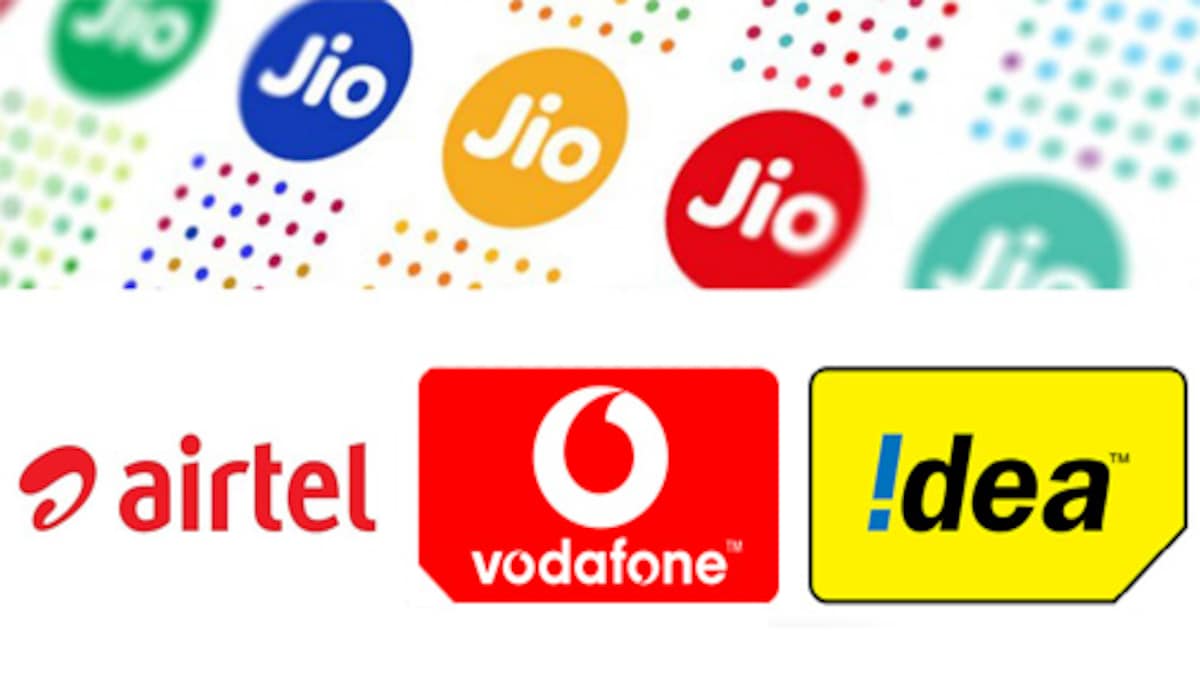
Why Indian mobile phone users may have to pay more in 2022?
In 2022, mobile phone users may burn a deeper hole in their wallets. According to The Times of India, with telecom carriers intending to introduce 5G services, corporations are expected to raise their tariffs once more to maintain earnings. While 5G services are projected to generate revenue, the 5G spectrum auction is expected to raise spending dramatically.
Bharti Airtel and Vodafone Idea both raised their tariffs earlier this year. Two of India’s three biggest private telecom providers have taken steps to increase average revenue per user (ARPU), which they claim will relieve pressure on the industry. Tariff increases for both firms ranged from Rs 10 to Rs 501.
With the sector still beset by debt despite government efforts to alleviate it, telecom companies are expected to request inexpensive spectrum pricing for the upcoming auction. According to ICRA, the telecom industry as a whole will have a total debt of Rs 4.7 crore by March 2022.
For the sector’s long-term health, telecom providers are anticipated to raise their pricing to raise the average revenue per user (ARPU) to Rs 200 and later to Rs 300. Airtel’s ARPU is at Rs. 153, whereas Vodafone ideas are Rs. 109.
All three major telecommunications carriers are now conducting 5G trials in places like Gurgaon, Bangalore, Mumbai, Kolkata, Chandigarh, Delhi, Jamnagar, Ahmedabad, Chennai, Hyderabad, Lucknow, Pune, and Gandhi Nagar. The 5G service is scheduled to roll out initially in metros and big cities, then gradually expand to other parts of the country.

